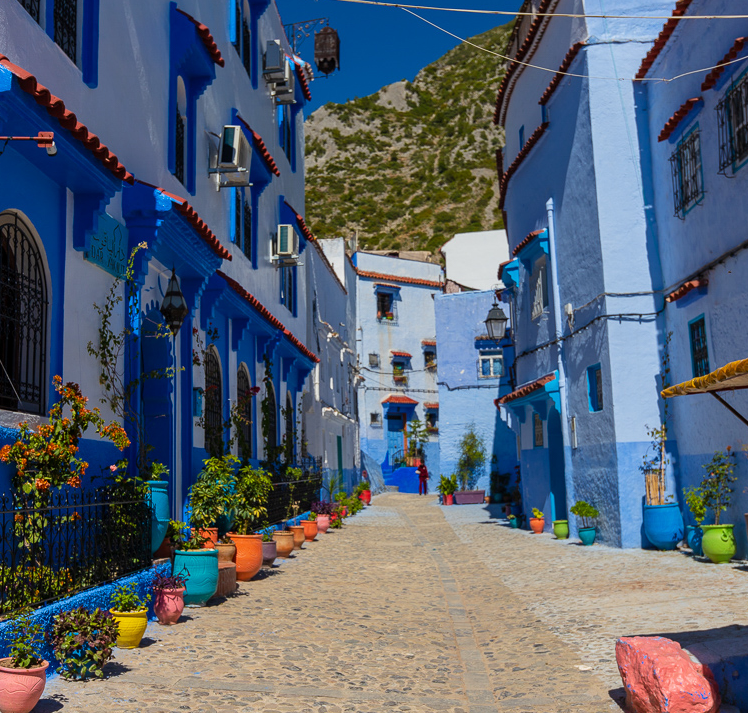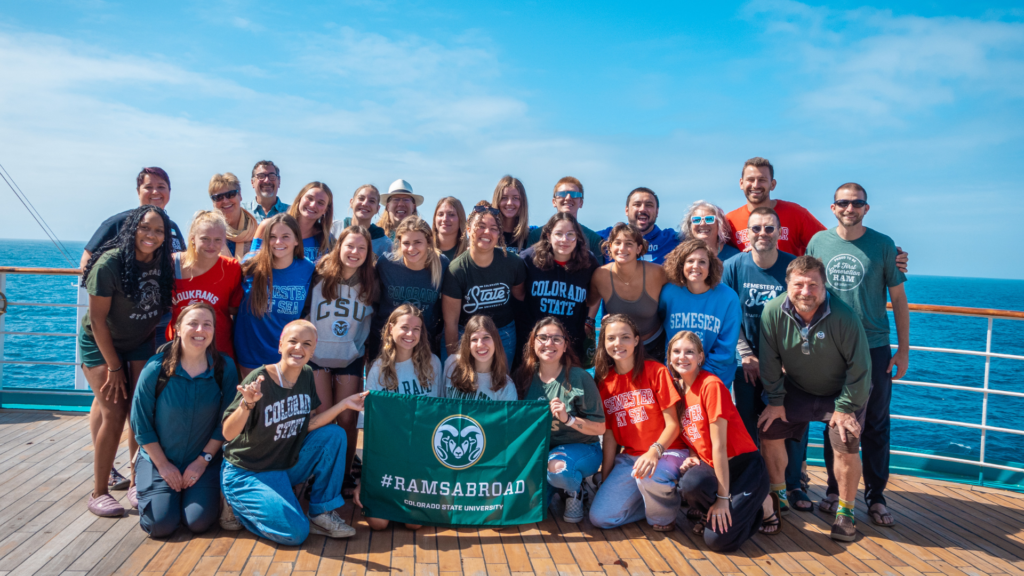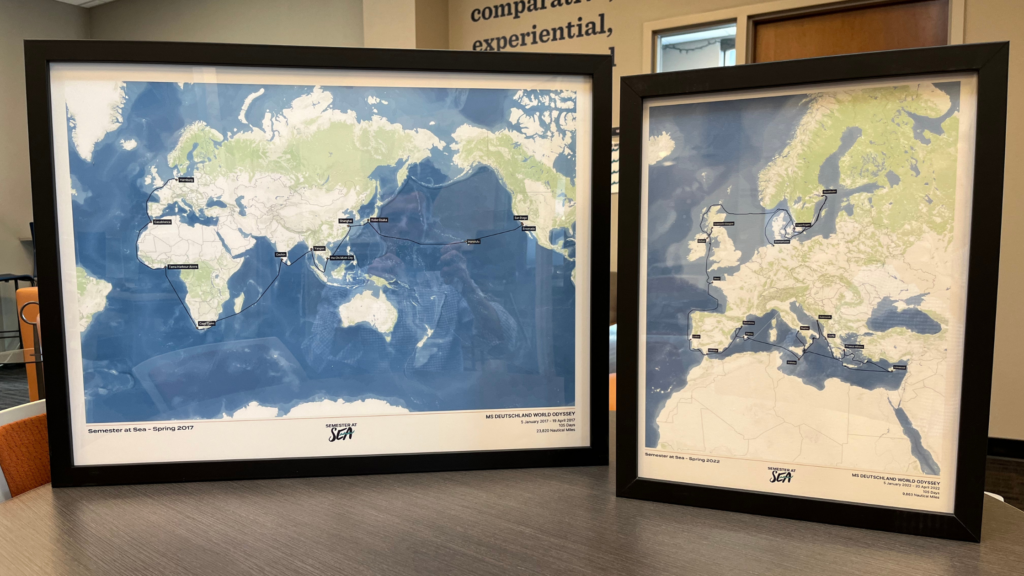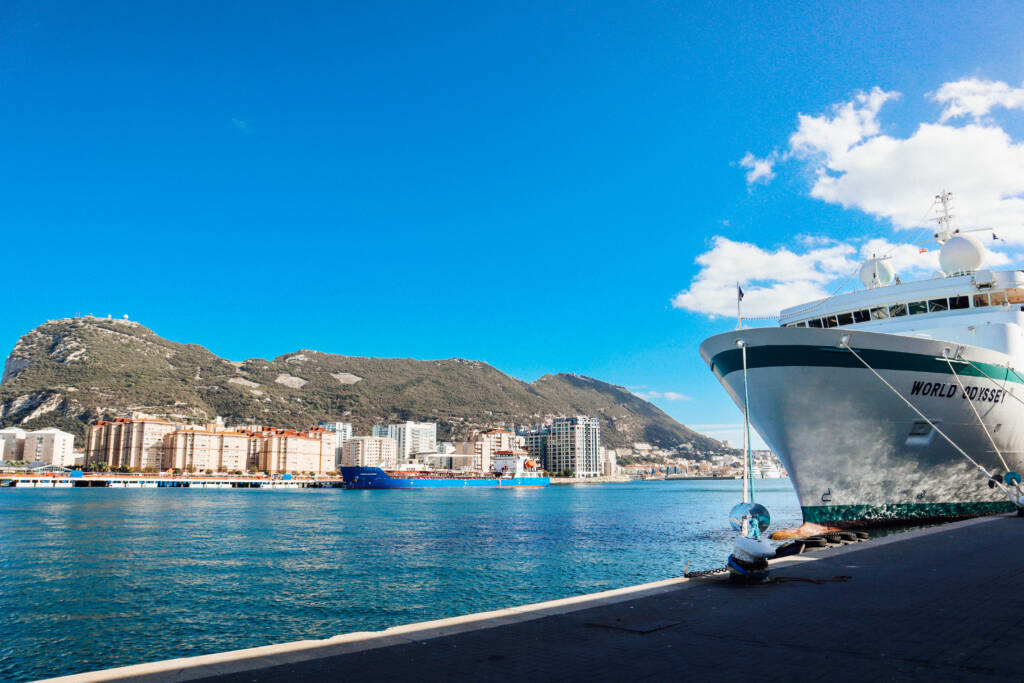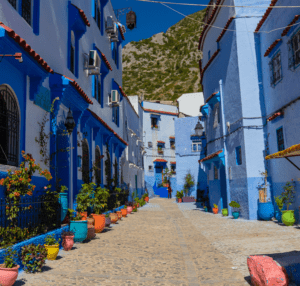 When the word “Casablanca” is mentioned, most Americans immediately conjure the iconic image of Humphrey Bogart holding Ingrid Bergman’s chin and saying “Here’s looking at you, kid.” While a perfect moment in cinematic history, it does little to capture the bustling economic capital of Morocco. As Professor Louise Harmon showed her Philosophy of Poverty class, Casablanca’s most notorious neighborhood, Sidi Moumen, holds more grit than a noir film and more generosity than the happiest Hollywood ending.
When the word “Casablanca” is mentioned, most Americans immediately conjure the iconic image of Humphrey Bogart holding Ingrid Bergman’s chin and saying “Here’s looking at you, kid.” While a perfect moment in cinematic history, it does little to capture the bustling economic capital of Morocco. As Professor Louise Harmon showed her Philosophy of Poverty class, Casablanca’s most notorious neighborhood, Sidi Moumen, holds more grit than a noir film and more generosity than the happiest Hollywood ending.
Sidi Moumen lies in the northeast fringe of Casablanca. It’s a short drive from the city center but feels years away from the towering corporate buildings and concrete beach resorts. The neighborhood is riddled with shanty towns amidst half-finished concrete office buildings. It is most famous as the home of the suicide bombers who attacked Casablanca in 2003 and 2007. The class took a tour of the region including a few ghost slums, vacated due to newly erected buildings, where residents have adequate shelter. These new buildings were built directly in response to the Casablanca bombings as part of Morocco’s successful “Cities Without Slums” initiative.
Laurel Hall, a junior Business Management and Studio Art major at Hope College was a student on the field lab and one of the Fall 2015 Voyage’s IMPACT Scholars. She believes that field labs are integral to the classroom experience on Semester at Sea.
“Seeing a country in the perspective of on the ground, in an area of need makes the port less of a presentation in a sanitized package. The authenticity is greater. Yes, you still see people on the streets and everything that we think of with stereotypes of poverty, but what’s so awesome about the field lab is breaking those stereotypes down and putting faces and real people to those situations.”
The class visited Al Waha clinic, in the heart of the neighborhood, where head nurse, Fatima, gave a guided tour of the facility. Three doctors each see an average of 150 patients per day, ranging from minor medical issues to full prenatal care for women. The pharmacy shelves were fully stocked (a rarity due to theft and corruption in this extremely poor region) and the tour concluded with a video of Fatima and her team literally remaking the clinic from the ground up, tearing down walls, tiling floors and walls, building benches and installing site-wide computer systems. Funded in part by the Gates Foundation, the clinic is a sign of change to coming to Sidi Moumen.
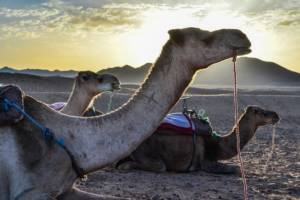 Laurel says that the clinic tour helped to show abstract concepts from the classroom with real-world applications. “We know [accessibility] is one of the markers of poverty. While it might not have been as nice as our hospitals, Al Waha was accessible so that people who needed help could get it. It is breaking that barrier.”
Laurel says that the clinic tour helped to show abstract concepts from the classroom with real-world applications. “We know [accessibility] is one of the markers of poverty. While it might not have been as nice as our hospitals, Al Waha was accessible so that people who needed help could get it. It is breaking that barrier.”
A few blocks away, the Sidi Moumen Cultural Center hummed with joyful activity. Immediately on arrival, smiling faces of children and adults greeted the students from the concrete soccer court in front of the building. As director, Boubker Mazoz, showed students the center, Moroccan volunteers at the center laughed and played guitars from the music room, preschoolers colored in the main theatre room while upstairs, their mothers exercised in a group fitness class. The classrooms were crowded but comfortable and drawings and educational posters plastered the walls.
The center, built on the grounds of a former garbage dump, opened in 2006. As Boubker explained, it wasn’t always so active. “When I started, nobody believed in it. All my friends ran away.” He laughed. “Now, we take three hundred and fifty students at a time and have a month-long waiting list. Now my friends are really surprised.” A group of local youth who grew up attending programs at the center, now help run the facility. They are known as Idmaj, Arabic for “integration.”
Boubker says the key to the center’s success is in empowering the local community. “We’re not highlighting the things they don’t have, but utilizing what they do have. We’re saying, who are you created to be and what are you capable of doing? What do you already have to offer?”
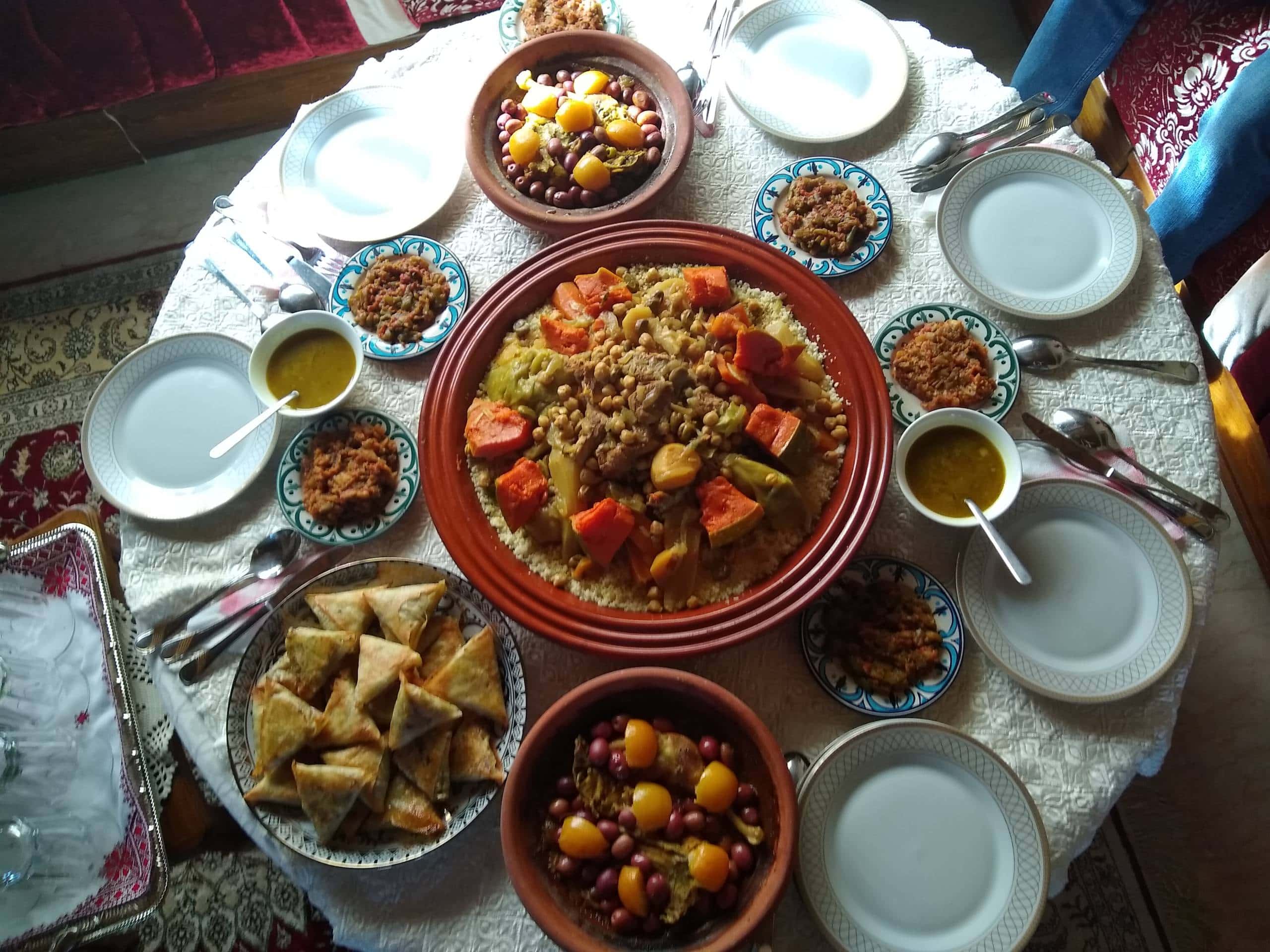 Harmon’s class was here for more than a tour, however. The 28 students handed out eight boxes of toothbrushes donated by Global Grins and several soccer balls care of OneWorld Football. Some students played soccer and practiced English with the children while a group of Moroccan volunteers and other SAS students joined in picking up everything from plastic bags to iron rods discarded in the alley beside the center, a place once so dangerous a taxi driver was killed there. The now clean and painted alley will be transformed into a kitchen, showers, and an art and music studio run by a local rapper and volunteer.
Harmon’s class was here for more than a tour, however. The 28 students handed out eight boxes of toothbrushes donated by Global Grins and several soccer balls care of OneWorld Football. Some students played soccer and practiced English with the children while a group of Moroccan volunteers and other SAS students joined in picking up everything from plastic bags to iron rods discarded in the alley beside the center, a place once so dangerous a taxi driver was killed there. The now clean and painted alley will be transformed into a kitchen, showers, and an art and music studio run by a local rapper and volunteer.
Laurel, a veteran volunteer, said the service portion of the field lab helped to bring the issues discussed in class to life. “So often, poverty’s thought of as this far-off, distant thing that is not as tangible. It feels like there’s not much you can actually do. And of course, a day isn’t going to change a lot but I think that it can change perspective. I think getting your hands dirty and actually being a part of it is a lot more meaningful. It’s not just looking at it and assessing it. It’s taking part in it and getting to know the people involved. ”
After a few hours of hard work under the hot African sun, students and volunteers shared a traditional Moroccan meal of salads and chicken tagine with bread.
Laurel says the experience from the field lab and Philosophy of Poverty course will influence her and her classmates long after the voyage is over.
“Sure there’s a need in Morocco. There’s a need in Senegal. There’s a need in Brazil. And yet just as much in Ann Arbor, Michigan, and around the United States, there’s also a need. So what does it look like to come home, and turn around and be part of change there too? This is service and this is what it looks like… It’s not just painting and cleaning, it’s building relationships.”
